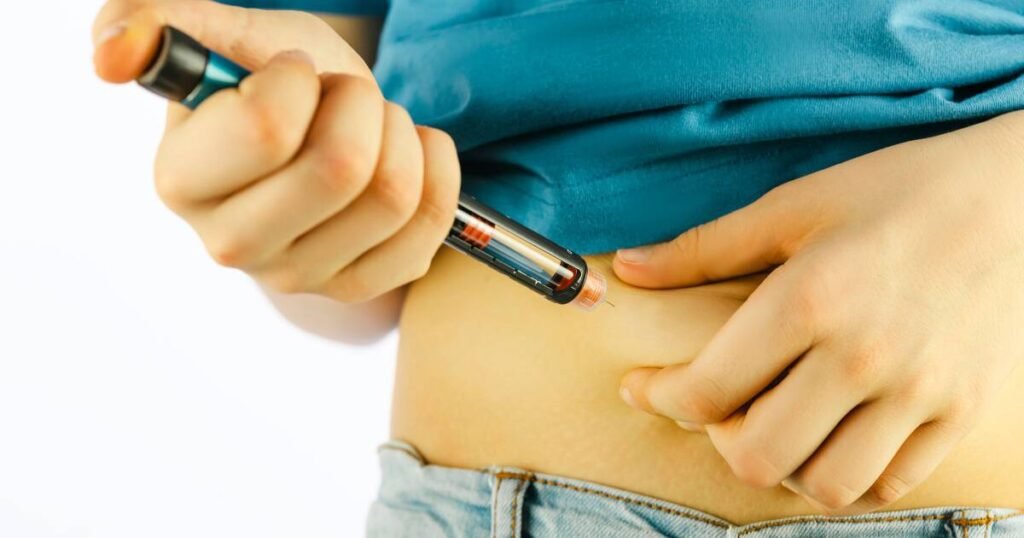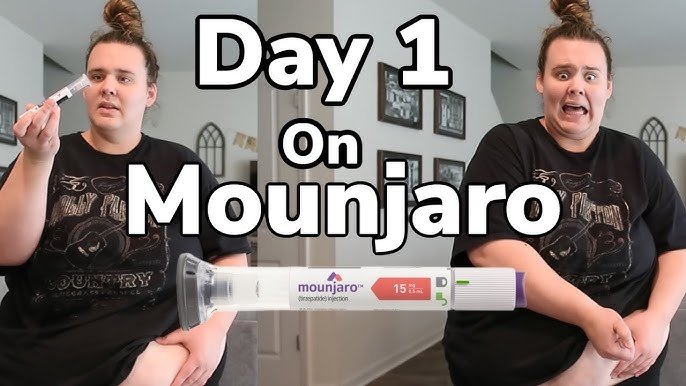
The best time of day to take Mounjaro is whenever it suits you, as it can be injected morning, afternoon, or evening without affecting its effectiveness. The key is to take it once weekly on the same day each week to maintain consistent medication levels. You can take Mounjaro with or without food, so choose a time that fits your routine and when you’re most likely to remember your dose.
Mounjaro (tirzepatide) is a groundbreaking medication for managing type 2 diabetes and supporting weight loss. Designed as a once-weekly injectable, Mounjaro has transformed the way people approach their health. One common question among users is, “What is the best time of day to take Mounjaro?”
In this guide, we’ll explore the optimal timing for Mounjaro injections, factors to consider, and tips for maximizing its effectiveness. By understanding how and when to take Mounjaro, you can enhance its benefits and achieve your health goals more efficiently.
Understanding Mounjaro and How It Works
Mounjaro is a dual-action medication that targets two key incretin hormones:
- GLP-1 (glucagon-like peptide-1): Helps regulate blood sugar, suppress appetite, and slow digestion.
- GIP (glucose-dependent insulinotropic polypeptide): Improves insulin sensitivity and promotes fat metabolism.
These combined effects make Mounjaro a powerful tool for managing diabetes and achieving significant weight loss.
How to Take Mounjaro
Mounjaro is administered via a subcutaneous injection (just under the skin) once a week. While it’s a weekly medication, choosing the best time of day to take your injection can influence your experience and minimize side effects.
Best Time of Day to Take Mounjaro: Key Considerations
1. Flexibility with Timing
One of the benefits of Mounjaro is its flexibility. You can take it at any time of day—morning, afternoon, or evening. However, consistency is key. Choose a time that fits your routine and stick with it each week.
2. Morning vs. Evening Injections
- Morning:
- May help you monitor how your body reacts to the medication throughout the day.
- Ideal for those who experience side effects like nausea, as it allows time for symptoms to subside before bedtime.
- Evening:
- Suitable for users who prefer to avoid potential side effects during the day.
- Convenient if your mornings are busy or unpredictable.
3. Before or After Meals
Mounjaro can be taken with or without food. However, some users find that taking it after a meal reduces the likelihood of gastrointestinal side effects like nausea or bloating.
4. Consider Your Lifestyle
- If your schedule varies, set a reminder on your phone or calendar to avoid missing a dose.
- Align your injection time with your routine to make it easier to remember.

Morning Injections: Benefits and Drawbacks
Benefits of Morning Doses
- Better Monitoring: Allows you to track any side effects during the day.
- Improved Routine: Easier to incorporate into a morning routine.
- Appetite Control: May suppress appetite earlier in the day, helping you make healthier food choices.
Drawbacks of Morning Doses
- Daytime Side Effects: Nausea or fatigue may interfere with your productivity.
- Hectic Mornings: Busy schedules might make it harder to maintain consistency.
Evening Injections: Benefits and Drawbacks
Benefits of Evening Doses
- Convenience: Ideal for those with busy mornings or daytime commitments.
- Sleep Through Side Effects: Potential side effects like nausea may occur while you’re sleeping, reducing their impact.
- Flexibility: Evening injections give you the day to prepare and ensure you don’t miss your dose.
Drawbacks of Evening Doses
- Forgotten Doses: Evening routines can be unpredictable, increasing the risk of missing a dose.
- Disrupted Sleep: Rarely, some users may experience side effects like insomnia or stomach discomfort.
How to Choose the Best Time of Day to Take Mounjaro
1. Assess Your Lifestyle and Routine
- Morning injections may be better if you’re an early riser with a structured schedule.
- Evening doses might work well for those who prefer winding down and preparing for the week ahead.
2. Monitor Your Body’s Response
- Pay attention to how your body reacts to the medication. If you notice nausea or fatigue, consider shifting your injection time to minimize these effects.
3. Keep It Consistent
- The most important factor is consistency. Administer your injection at the same time each week to maintain stable medication levels in your body.

Tips for Maximizing the Benefits of Mounjaro
1. Stay Hydrated
Proper hydration can help reduce side effects like nausea or constipation. Aim for at least 8 glasses of water per day.
2. Pair with a Balanced Diet
- Focus on nutrient-dense foods like lean proteins, healthy fats, and fiber-rich carbohydrates.
- Avoid heavy, greasy meals around your injection time to reduce gastrointestinal discomfort.
3. Manage Side Effects
- If nausea occurs, try ginger tea or small, frequent meals.
- For injection site reactions, rotate injection sites and apply a cold compress if needed.
4. Use Reminders
Set alarms or use a medication management app to ensure you never miss a dose.
Real-Life Experiences: Morning vs. Evening Injections
Case Study 1: Sarah’s Morning Routine
- Injection Time: 7 AM every Monday
- Experience: Sarah found that morning injections helped her manage her appetite throughout the day. Side effects like mild nausea usually subsided by lunchtime, making mornings the best choice for her.
Case Study 2: Mike’s Evening Preference
- Injection Time: 8 PM every Thursday
- Experience: Mike preferred evening injections because it fit better with his work schedule. Any mild nausea occurred while he slept, allowing him to wake up feeling normal.
Expert Recommendations on Timing
Endocrinologists Say:
- Timing doesn’t significantly impact the medication’s effectiveness, as long as you’re consistent.
- Aligning injections with your lifestyle helps ensure you don’t miss doses.
Dietitians Add:
- Timing your injection after a meal may reduce gastrointestinal side effects and improve tolerance.

Conclusion: Best Time of Day to Take Mounjaro
When it comes to the best time of day to take Mounjaro, the choice ultimately depends on your lifestyle, routine, and how your body reacts to the medication. Whether you prefer mornings for their structure or evenings for their convenience, consistency is key.
By setting a regular schedule, staying mindful of side effects, and incorporating healthy habits, you can maximize the benefits of Mounjaro and stay on track with your health goals.
Consult with your healthcare provider to determine the best plan for your individual needs and start your journey to better health today!
1. Can I change the time of day I take Mounjaro?
Yes, you can adjust the time of day for your injection. However, avoid making frequent changes, and ensure there is at least a week between doses to maintain consistency.
2. Is it better to take Mounjaro on an empty stomach?
Mounjaro can be taken with or without food. Some users find that taking it after a meal reduces the likelihood of nausea.
3. What happens if I miss my scheduled injection time?
If you miss your scheduled time, take the injection as soon as possible, as long as your next dose is not within 48 hours. After taking the missed dose, resume your regular schedule.
